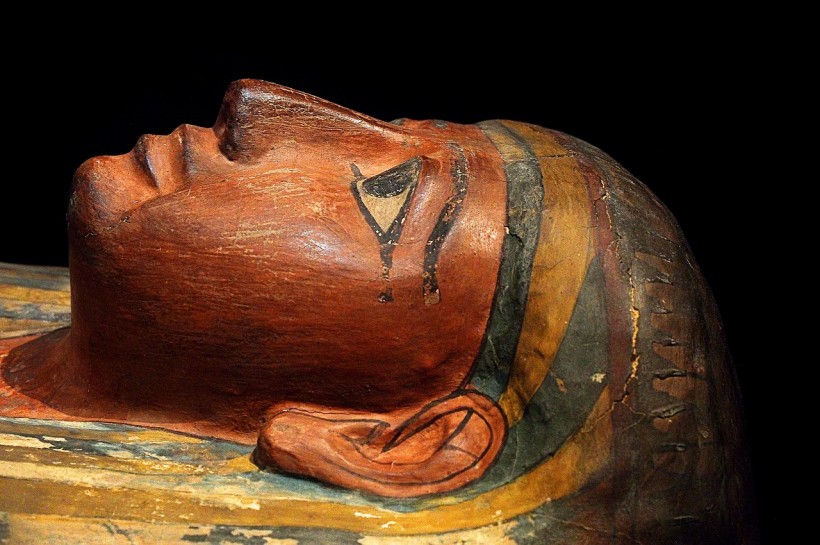Archaeologists at George Washington University made a startling discovery after re-examining the mummified remains of a teen mom from 1,500 years ago. They used computed tomography (CT) scans and found a baby's head in her birth canal and another fetus in her chest cavity.

1,500-Year-Old Remains of a Teen Mom With a Decapitated Baby's Head and Chest-Cavity Twin Discovered in Egypt
Egyptian Teen Mummy: Twin Revelation and Mystery
Unearthed in 1908 at Egypt's El Bagawat cemetery in the Kharga Oasis, the woman's remains revealed a historical treasure. The Kharga Oasis settled around 50,000 years ago, played a vital role in ancient Egypt's economy and military.
Estimated to be 14 to 17 years old at the time of death, the woman was buried with arms at her sides and feet bound with rags, layered in a substantial amount of salt for complete body preservation.
Field notes from 1908 detailed the previous archaeologists' work, including unwrapping the body, removing arms, macerating the femora, and making an abdominal incision. These notes also mentioned a decapitated baby between her legs, covered in a sheet and layers of salt.
In the study, titled "Twins found in a Late Dynastic/Coptic Egyptian mummy" published in the International Journal of Osteoarchaeology, the team revealed that recent CT scans identified the baby in the upper left chest cavity, displaying long bones, ribs, neural arches, crania, and hand bones. While the initial discovery referred to the first twin, notes did not mention another fetus, later found during the recent study.
Dated between 36 and 40 prenatal weeks, confirming they were twins, the team's analysis suggested the woman, aged no more than 17, was unknowingly pregnant with twins. The hypothesis proposes one twin suffered a breech birth, leading to traumatic decapitation, while the other detached and migrated to her rib.
This rare event, occurring only 0.14 per 10,000 live births, poses the mystery of how the second fetus moved to the chest cavity. The team suggests the possibility that during mummification, dissolving diaphragm and connective tissues allowed the unborn baby to ascend into the chest cavity.
READ ALSO: 17th-Century Mummified Baby Likely Died Due to Lack of Sunlight Exposure, Virtual Autopsy Reveals
Pregnancy in Ancient Egypt
The finding underscores the perilous nature of childbirth in ancient Egypt, where it was regarded more as a religious event than a medical one. While historical records extensively cover medicine in ancient Egypt, information on pregnancy is scarce.
Pregnant women in ancient Egypt sought protection through prayers to Taweret, the hippo god of childbirth, and Bes, the dwarf god of war safeguarding mothers and small children. They wore amulets as protective charms and considered motherhood a formalized role boosting social status, even though childbirth posed significant risks, and mortality rates remain challenging to estimate accurately.
The cultural significance of motherhood in ancient Egypt is evident, with pregnant women turning to divine entities for protection and societal recognition. Despite the veneration of children and fertility in their culture, the perilous nature of childbirth contributed to its high mortality rates.
While exact rates and causes of maternal mortality in ancient Egypt are challenging to determine, researchers draw parallels with modern data from communities lacking access to medical professionals, highlighting that maternal and infant mortality persists as challenges transcending time.
RELATED ARTICLE: World's First Known Pregnant Mummy From 1st Century BCE Likely Had Cancer, Researchers Claim
Check out more news and information on Archaeology in Science Times.














